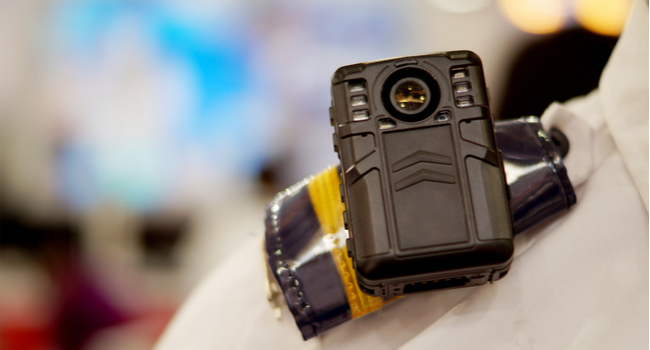
Aspen Police Department to Equip Officers with Body Cameras
The police department will fund the body cameras through its savings account.
- By Sherelle Black
- Sep 12, 2019
The Aspen Police Department plans to pay about $1,000 per officer per year to equip the department with body cameras.
Since 2013 the department has been using body cameras but never department-wide until this year.
Aspen Police Chief Richard Pryor said a camera company provided body cameras for the entire department to use for free this year. When the contract ends Dec. 31, the cameras will be funded through the department’s savings fund.
Throughout this year, the officers were able to get familiar with the equipment, Pryor told The Aspen Times.
“The staff has gained a lot of confidence (with the cameras),” he said. “It gives people a bit more comfort they’ll be believed and they can get some evidence if they need it.”
In an age where police shootings are under more scrutiny from the community, Assistant Chief Linda Consuegra told the newspaper the body cameras will help tell the story for those who were not there and possibly prevent liability.
“I think they’re great,” she said. “This is what most law enforcement agencies are moving toward. We’re moving to an era where people say, ‘Where’s the video?’”
Additionally, she said a community survey done in 2015 and 2016 indicated more than 70 percent of residents somewhat or strongly supported body cameras.
“That said to us that there’s buy-in from the community,” she said.
She also told The Times more than 75 percent of the department thought body cameras were somewhat or very useful.
When it comes to using the cameras, officers will be required to turn on the cameras when responding to any call unless they are at the hospital, which in case they cannot use it because of privacy reasons.
School resource officers will not be allowed to use them due to privacy as well.
The police department will continue to have cameras in their vehicles as well.
About the Author
Sherelle Black is a Content Editor for the Infrastructure Solutions Group at 1105 Media.